What to Do If My Dog Hates Being Groomed? 3 Expert Tips & Tricks
To help a dog that hates grooming, start with short sessions and use positive reinforcement. Gradually increase the time and frequency.
Grooming is essential for your dog’s health and well-being, but not all dogs enjoy it. Some dogs may become anxious or even aggressive during grooming sessions. Understanding the reasons behind their discomfort can help you address the problem effectively. Building a positive grooming experience requires patience, consistency, and the right techniques.
Rewarding your dog with treats, praise, or playtime can create a more enjoyable atmosphere. Creating a calming environment and slowly introducing grooming tools can also ease their anxiety. Over time, these strategies can help your dog associate grooming with positive experiences, making the process smoother for both of you.
Recognizing Grooming Discomfort
Grooming is essential for your dog’s health. But some dogs dread it. Recognizing discomfort helps address the issue early. This section will guide you on how to spot the signs and understand the causes.
Signs Your Dog Hates Grooming
- Hiding or Running Away: Your dog may run when they see grooming tools.
- Excessive Panting: Panting can be a sign of stress or anxiety.
- Whining or Barking: Vocalizing is a clear sign of discomfort.
- Growling or Biting: Aggressive behavior shows extreme discomfort.
- Trembling: Shaking indicates fear and anxiety.
- Tail Tucking: A tucked tail is a sign of fear.
Common Causes Of Grooming Anxiety
| Cause | Description |
|---|---|
| Past Trauma | Bad past experiences with grooming can cause fear. |
| Noise Sensitivity | Loud grooming tools can scare sensitive dogs. |
| Physical Discomfort | Grooming might hurt if your dog has skin issues. |
| Lack of Familiarity | Unfamiliar tools and environments can cause anxiety. |
| Social Anxiety | Being around strangers can make your dog uncomfortable. |
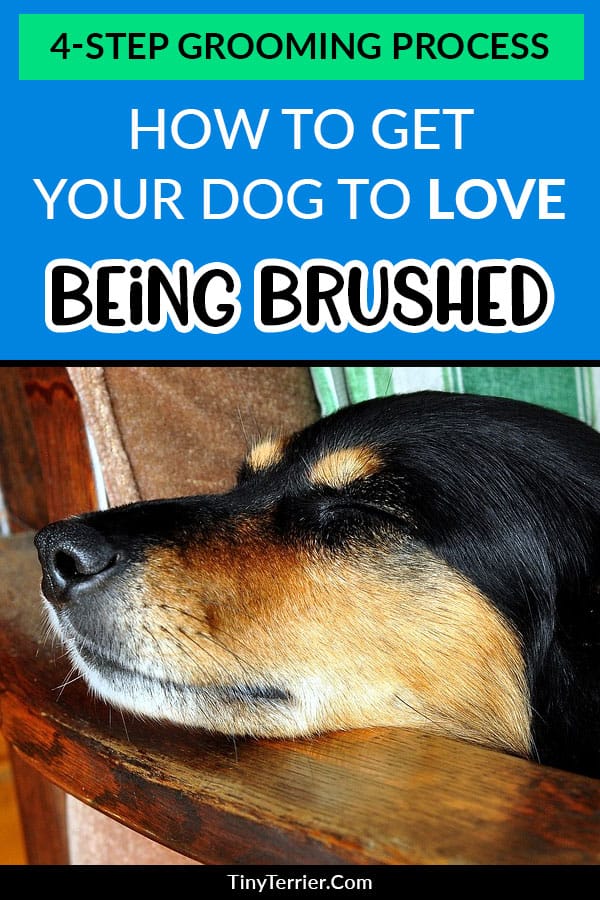
Credit: tinyterrier.com
Creating A Positive Environment
Grooming your dog can be stressful if they dislike it. Creating a positive environment can make the experience easier. This section will guide you on how to set up a calm space and use soothing sounds and scents.
Setting Up A Calm Space
Choose a quiet room for grooming. Avoid high-traffic areas. Use soft lighting to create a relaxed atmosphere. Keep all grooming tools within reach to avoid leaving your dog alone.
- Soft lighting
- Quiet room
- Grooming tools within reach
Using Soothing Sounds And Scents
Play calming music or nature sounds. This can help relax your dog. Use pet-safe essential oils like lavender. These scents can calm your dog’s nerves.
| Soothing Sounds | Relaxing Scents |
|---|---|
| Calming music | Lavender oil |
| Nature sounds | Chamomile oil |
Ensure the volume is low. High volume can stress your dog.
Desensitization Techniques
Does your dog hate being groomed? Desensitization techniques can help. These methods make grooming a stress-free experience for your pet. Below are some effective techniques that you can try.
Gradual Introduction To Grooming Tools
Start by showing your dog the grooming tools. Let your dog sniff and inspect them. This helps your dog get familiar with the tools. Begin with tools that make no noise, like brushes. Gradually move to noisy tools, like clippers. Allow your dog to see the tools before using them.
- Introduce one tool at a time.
- Use a calm, gentle voice.
- Give your dog time to adjust.
Repeat this process several times. Don’t rush. Patience is key. Your dog will slowly get used to the tools.
Reward-based Training Methods
Reward-based training methods work wonders. Use treats and praise to encourage your dog. Start by giving a treat each time your dog sees the grooming tools. This builds a positive association.
- Show the grooming tool.
- Give a treat immediately.
- Praise your dog with a happy tone.
Next, gently touch your dog with the tool. Give another treat. Praise your dog again. Repeat this process.
Consistency is crucial. Keep sessions short but frequent. Your dog will soon associate grooming with rewards and fun.
| Step | Action | Reward |
|---|---|---|
| 1 | Show grooming tool | Treat and praise |
| 2 | Touch with tool | Treat and praise |
| 3 | Short grooming session | Treat and praise |
Over time, your dog will look forward to grooming. These reward-based methods can transform grooming sessions. Your dog will become relaxed and cooperative.

Credit: www.thehealthydogco.com
Choosing The Right Tools
Grooming can be a stressful experience for dogs. The right tools make it easier. Using the wrong tools can make your dog uncomfortable. Here, we guide you on selecting dog-friendly grooming tools.
Dog-friendly Brushes And Combs
Using the right brush or comb is important. Different breeds need different brushes. Some common dog-friendly brushes include:
- Slicker Brushes: Great for removing loose fur and tangles.
- Bristle Brushes: Suitable for short-haired breeds.
- Pin Brushes: Ideal for dogs with long, flowing coats.
Use combs to detangle and remove mats. Some popular choices are:
- Wide-Tooth Combs: Good for detangling without pulling.
- Flea Combs: Help remove fleas and debris.
Safe And Gentle Clippers
Clippers are essential for trimming fur and nails. Choose clippers that are safe and gentle. Some top choices include:
| Clipper Type | Features |
|---|---|
| Electric Clippers | Quiet and efficient. Adjustable blade lengths. |
| Nail Grinders | Reduces risk of cutting too short. Gentle on nails. |
| Scissor Clippers | Manual control. Ideal for precision. |
Choose clippers with safety guards. They prevent cutting too much fur or nail. Always check the blades are sharp. Dull blades can hurt your dog.
Hiring Professional Help
If your dog hates being groomed, hiring professional help might be the best solution. Skilled groomers know how to handle anxious or scared pets. They have techniques and tools to make the experience better for your furry friend.
Finding A Skilled Groomer
Finding a skilled groomer is key to your dog’s comfort. Start by asking for recommendations from friends or your vet. Look for groomers with positive reviews and strong reputations. Check their certifications and training. A good groomer will have experience with different breeds and temperaments.
Visit the grooming salon before scheduling an appointment. Observe the cleanliness and the staff’s interaction with pets. Ask about the products they use. Ensure they are safe and gentle for dogs. A skilled groomer will prioritize your dog’s well-being.
Communicating Your Dog’s Needs
Communicating your dog’s needs to the groomer is crucial. Be honest about your dog’s behavior and any past grooming experiences. Provide details about any allergies or skin conditions. Inform the groomer of your dog’s triggers and comfort zones.
Make a list of things your dog likes and dislikes. Share this with the groomer. It helps them tailor their approach. Discuss the grooming process and any specific requests you have. Clear communication ensures a positive experience for your dog.
Some dogs may need extra time or breaks during grooming. Let the groomer know if this applies to your pet. A good groomer will be patient and understanding. They will work with you to make grooming a less stressful experience for your dog.
Handling Specific Grooming Tasks
Dogs can be fussy about grooming. Some dogs hate it. Handling specific grooming tasks can be challenging. This guide will help you manage. We focus on two tasks: bathing and nail clipping.
Bathing Tips And Tricks
Bathing can be stressful for dogs. Use these tips to ease the process:
- Use lukewarm water: Hot or cold water can shock your dog.
- Keep treats handy: Reward your dog for staying calm.
- Use a non-slip mat: This prevents your dog from slipping.
- Speak softly: A calm voice can soothe your dog.
- Be gentle with water: Avoid spraying directly on the face.
These tips make bath time more enjoyable for your dog.
Nail Clipping Without Stress
Nail clipping can be daunting. Follow these steps for a stress-free experience:
- Choose the right tools: Use dog-specific nail clippers.
- Introduce the clippers slowly: Let your dog sniff them first.
- Clip in a quiet space: Avoid loud noises and distractions.
- Clip a little at a time: Trim small amounts to avoid the quick.
- Give praise and treats: Reward your dog after each clip.
Regular, calm sessions will make nail clipping routine.
Addressing Severe Anxiety
Some dogs experience severe anxiety during grooming sessions. This can be distressing for both the pet and the owner. Severe anxiety in dogs is a serious issue that needs immediate attention. It can lead to aggressive behavior, excessive barking, and even health problems.
There are several methods to address this issue. This section will explore the most effective solutions.
When To Consult A Veterinarian
A veterinarian can help if your dog shows extreme anxiety. Signs of severe anxiety include excessive shaking, drooling, or hiding. In such cases, a vet can offer professional advice and treatment options.
Here are some signs that indicate you should see a vet:
- Excessive panting or drooling
- Refusal to eat or drink
- Uncontrollable shaking
- Extreme aggression or biting
Consulting a vet can provide a proper diagnosis. They can also recommend strategies to reduce your dog’s anxiety.
Potential Use Of Anxiety Medications
In severe cases, anxiety medications might be necessary. These medications can help calm your dog during grooming. Always use them under a vet’s supervision.
Here is a table of common anxiety medications:
| Medication | Purpose | Possible Side Effects |
|---|---|---|
| Fluoxetine | Reduces anxiety | Appetite loss, drowsiness |
| Clomipramine | Calms nervous dogs | Dry mouth, dizziness |
| Diazepam | Helps with panic | Weakness, confusion |
These medications can make grooming less stressful. Always follow your vet’s dosage instructions.
Credit: www.reddit.com
Maintaining Regular Grooming
Grooming is vital for your dog’s health and well-being. Dogs that dislike grooming present a challenge. To help, follow a regular grooming routine. This makes the process smoother and less stressful.
Establishing A Routine
Consistency is key to making grooming less scary. Schedule grooming at the same time each week. Dogs feel more comfortable with a predictable routine.
Start with short, positive sessions. Gradually increase the time as your dog gets used to it. Praise and treat your dog after each session. This creates a positive association with grooming.
Keeping Sessions Short And Sweet
Long grooming sessions can overwhelm your dog. Keep them short and manageable. Aim for 5 to 10 minutes per session.
Focus on one grooming task at a time. For example, brush your dog’s fur today and trim their nails tomorrow. This keeps the process less daunting.
| Task | Time |
|---|---|
| Brushing Fur | 5 minutes |
| Trimming Nails | 5 minutes |
| Cleaning Ears | 5 minutes |
Reward your dog after each session. Use treats, toys, or extra playtime. This makes grooming a positive experience.
- Use calming music or white noise during grooming.
- Choose a quiet, comfortable space for grooming.
- Be patient and gentle to build trust.
Frequently Asked Questions
Why Does My Dog Hate Grooming?
Dogs may hate grooming due to fear, discomfort, or previous bad experiences. Understanding the cause can help address the issue effectively.
How Can I Make Grooming Less Stressful?
Start by introducing grooming tools slowly. Use treats and praise to create positive associations. Regular, gentle sessions can build comfort over time.
What Tools Are Best For Anxious Dogs?
Use soft-bristle brushes and grooming gloves. These tools are gentler and less intimidating, making the process smoother for anxious dogs.
Can Professional Groomers Handle Fearful Dogs?
Yes, professional groomers are trained to manage fearful dogs. They use techniques to calm dogs and make the grooming experience positive.
Conclusion
Helping your dog enjoy grooming can be a rewarding journey. Patience and positive reinforcement are key. Remember to consult a professional if needed. Consistent practice will make the process smoother. Your furry friend will thank you for the effort. Happy grooming!
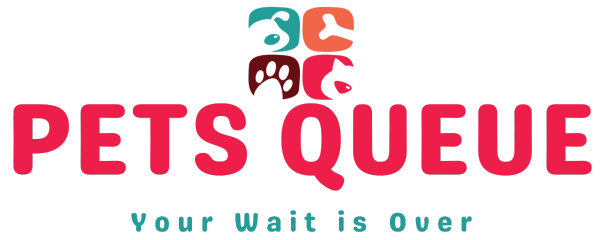

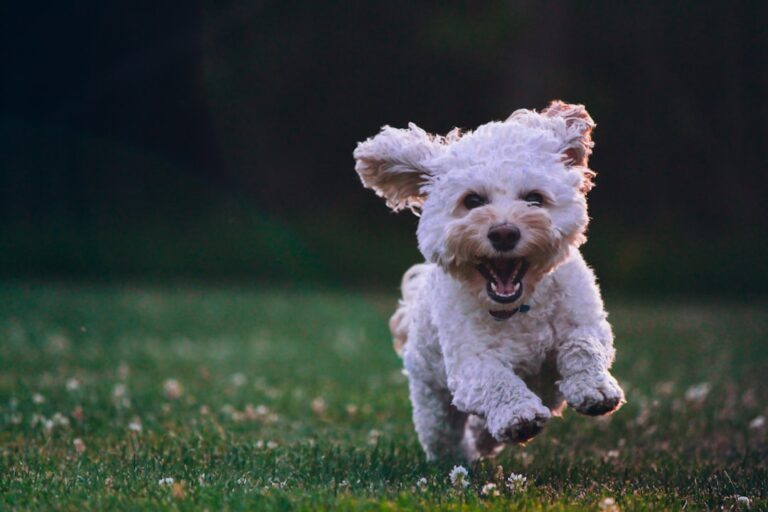
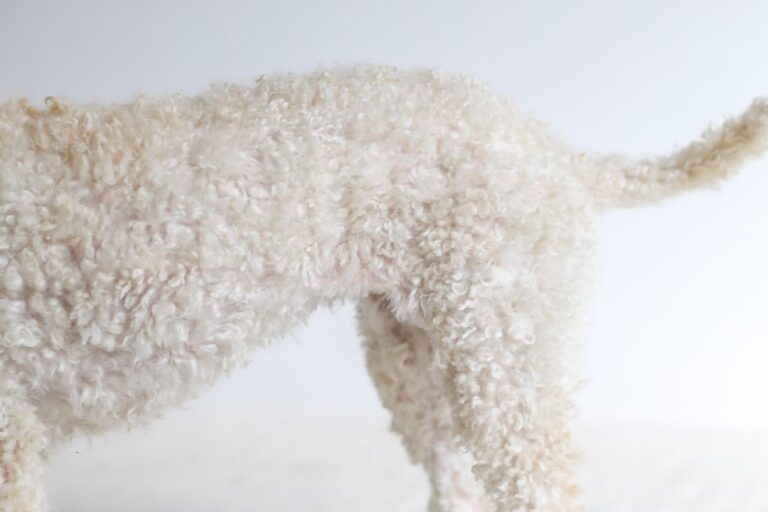
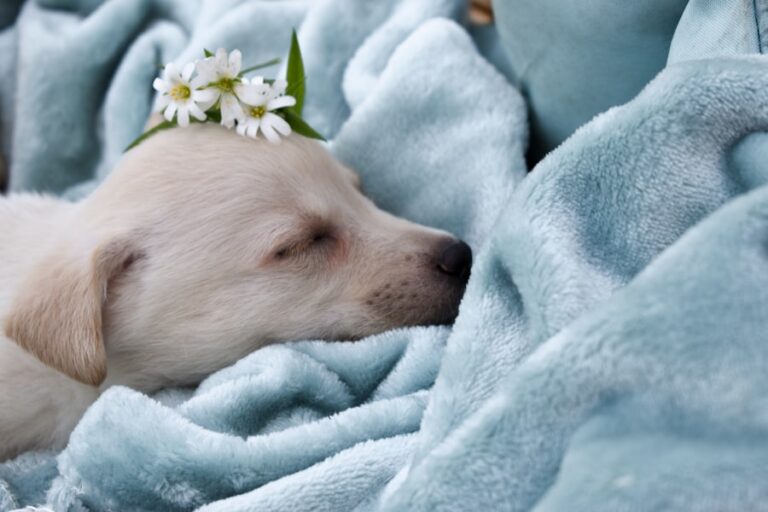
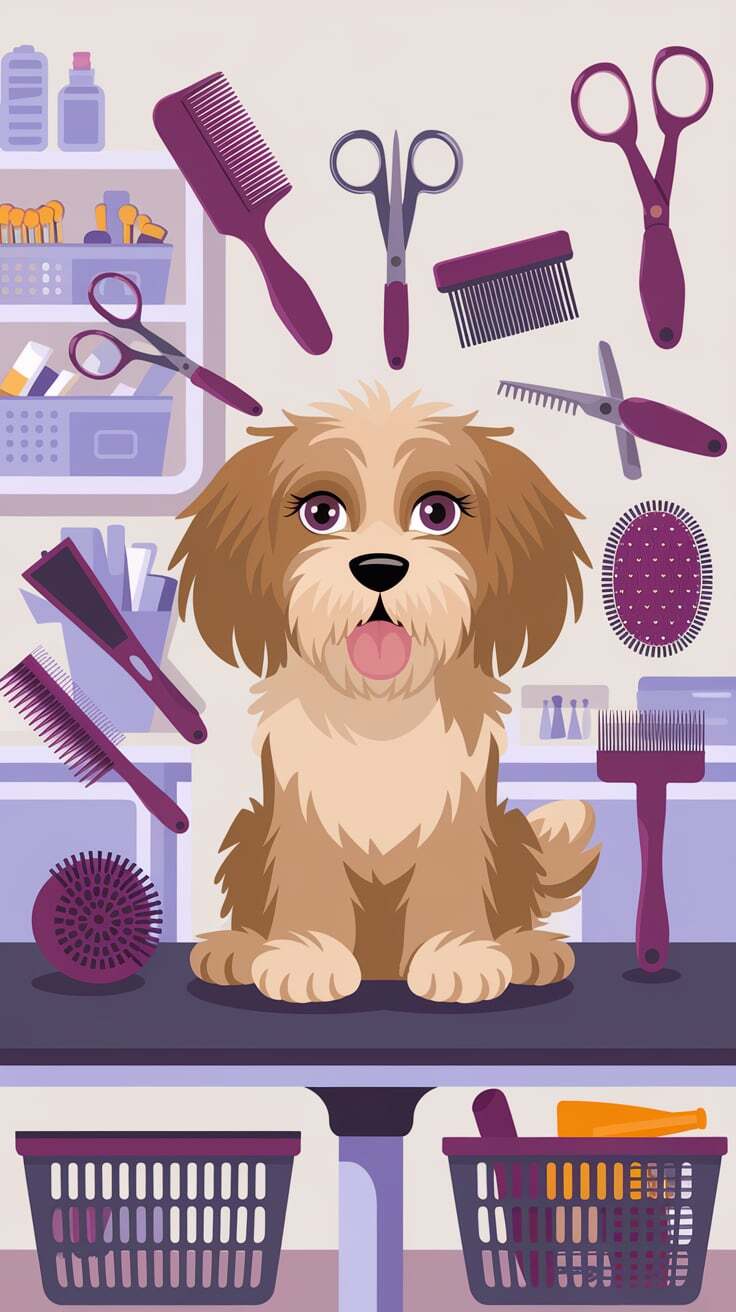
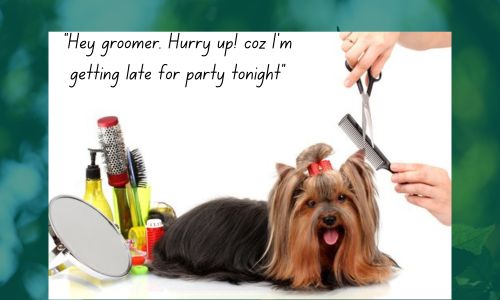
![Is Mobile Dog Grooming an Essential Business? [20 Benefits]](https://petsqueue.com/wp-content/uploads/2024/06/image-3-768x513.jpg)